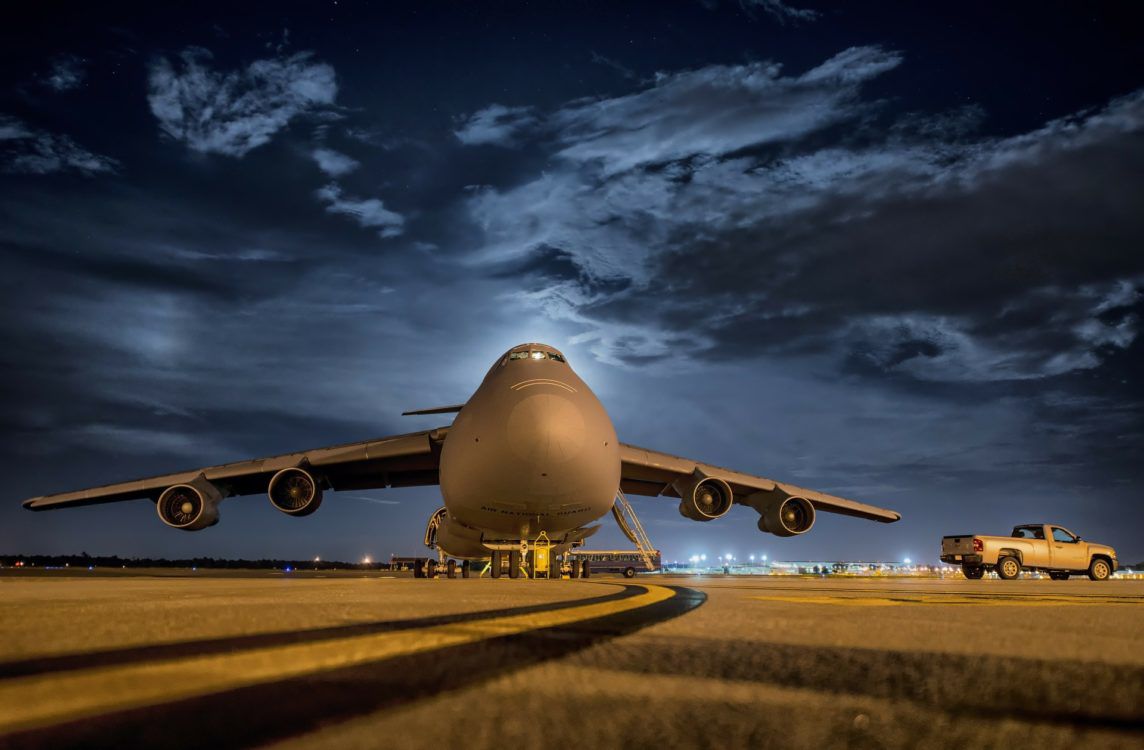Shippers trying to secure air freight in recent weeks have found themselves caught in an unexpected rate hike and capacity crunch, as rates doubled and even tripled, particularly for cargo passing through Europe or Asia. The holidays are over, but industry leaders are confident that higher rates are here to stay, fueled by the demands of ecommerce and rapidly developing economies. While this is great news for the airlines, who are coming off years of stagnant growth, shippers who turn to air freight during emergencies should brace themselves for a bumpy ride.
The International Air Cargo Association reported a 15 percent increase in revenue in 2017, the largest since the global economic downturn. This dramatic turnaround in what has traditionally been a niche shipping mode flies in the face of tepid IMF global trade forecasts and ocean freight rates which continue to be low as a result of overcapacity. However, these very conditions have led to ocean carrier consolidation and ships making fewer port calls. This poses a major problem in the e-commerce economy, where shippers are under enormous pressure to make deliveries on time, while simultaneously trying to cut costs by keeping inventory low. In this environment, even industries which have historically balked at the high cost of air freight are forced to turn to it during periods of high demand. Meanwhile, smaller direct business-to-consumer (B2C) e-commerce shippers are eating into capacity, with demand growing faster than supply. E-commerce is projected to more than double worldwide over the next five years, spreading the consumer expectation for fast deliveries to emerging economies. This is particularly evident in China, where a strong economy has left its citizens with a newly acquired taste for luxury European goods, spurring a boom in e-commerce and demand for air freight. The result has been long delays and desperate freight forwarders bidding for rates as high as $20/kilogram, according to JOC.
Even now, with the December holidays behind us, shippers hoping for rate relief may be out of luck. Carriers are still trying to clear a massive backlog, and grappling with winter storms in both Europe and the US East Coast, which are contributing to further delays. According to Manel Galindo of Freightos, “China-Europe rates will stay high. Even where there is some flexibility, rates will stay in the $7-$10/kg band for several more weeks yet. The current backlog probably won’t fully clear before the lead up to the Chinese New Year closedown starts.” While rates are predicted to come down from their massive spike after February, the baseline has effectively been raised, and will continue to climb until air freight capacity and airport infrastructure catch up with demand. In its biennial World Air Cargo Report, Boeing confidently predicted that “with air cargo traffic more than doubling by 2035, the world freighter fleet will grow by more than 70 percent, from the current 1,770 airplanes to 3,010 airplanes by the end of the forecast period.” This optimistic outlook assumes that fuel prices will remain low enough to keep air freight from becoming prohibitively expensive, and that cross-border trade won’t be stifled by economic protectionism. Nevertheless, it seems inevitable that growing economies in Asia and South America will begin demanding the kind of perishable and luxury goods which are a natural fit for air freight.
Shippers attempting to navigate this sudden shift have options. For some shippers, especially those with heavy or bulky cargo, it’s worth comparing the cost of storing extra inventory ahead of peak season with the cost of paying sky-high rates to get your cargo on a plane. Predicting inventory needs ahead of time is a gamble, but while it’s impossible to perfectly predict demand, you can confidently expect peak rates to spike again. For some shippers, air freight is a crucial option to maintain, and if that’s the case, work with your 3PL provider to plan for guaranteed year-round volume with airlines. Building a healthy relationship this way can ensure that when you need that emergency shipment the week before Christmas, your cargo won’t be left sitting on the tarmac.



